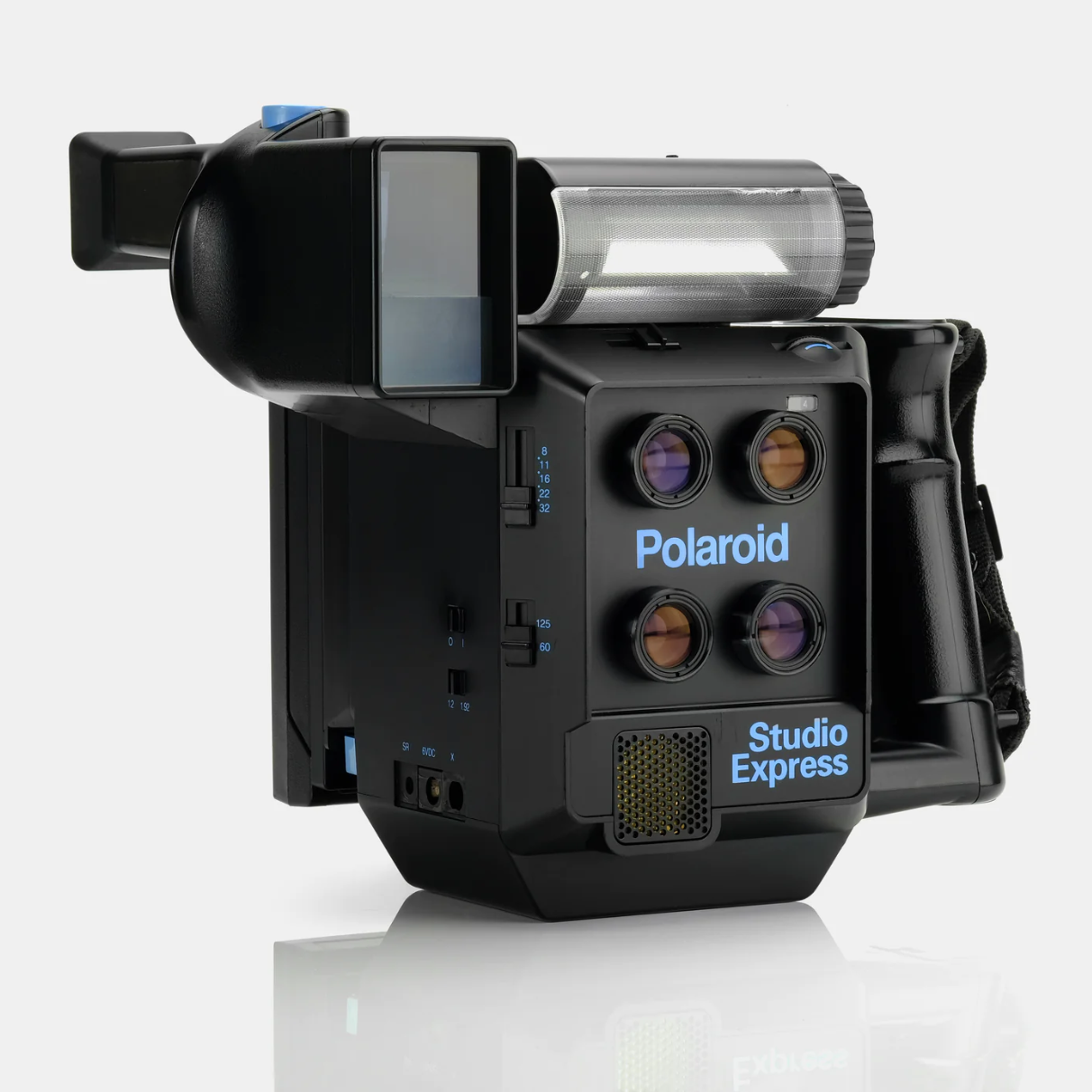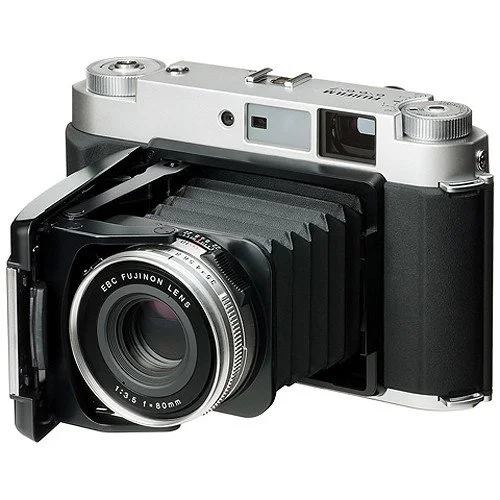6 Film Cameras You’ve Never Heard of
This week we look at 6 film cameras you may have never heard of. Ranging from low-quality half frames to extremely sharp medium format cameras, each film camera has its own set of quirks and a unique brand of obscurity that secures them a spot on this list.
The Polaroid Studio Express
The Polaroid Studio Express is an Instant camera made in the 80s in Japan by Mamiya and was designed for taking passport photos. This film camera takes Type 100 Polaroid film and uses a fixed lens with a length of 125mm and an aperture range of 8-32. The shutter speed can be set to either 60 or 125 and the film camera is equipped with a built-in strobe flash.
This, along with several other polaroid cameras like the SX-70, are capable of using what’s called a sonar autofocus system. The sonar autofocus system works by emitting a high frequency sound wave from the camera and measuring the time it takes for the wave to bounce back to the camera after hitting an object in front of the camera. The camera then uses this information to calculate the distance to the object and adjust the focus accordingly. The sonar autofocus system works similarly to how bats and dolphins use echolocation to navigate and locate objects. The sound wave emitted by the camera is inaudible to human ears and does not affect the picture-taking process. In practice, when you press the shutter button on a Polaroid camera with sonar autofocus, the camera emits a brief sound wave and measures the time it takes for the wave to return. Based on this information, the camera adjusts the focus to ensure that the subject is in sharp focus.
One of the most exciting things about this film camera is the slider at the top that allows you to take four identical pictures at once, two identical pictures at once, or four completely different pictures. Various models of this film camera, such as the 203, even allow you to take two separate photos on the exact same sheet.
©retrospekt.com
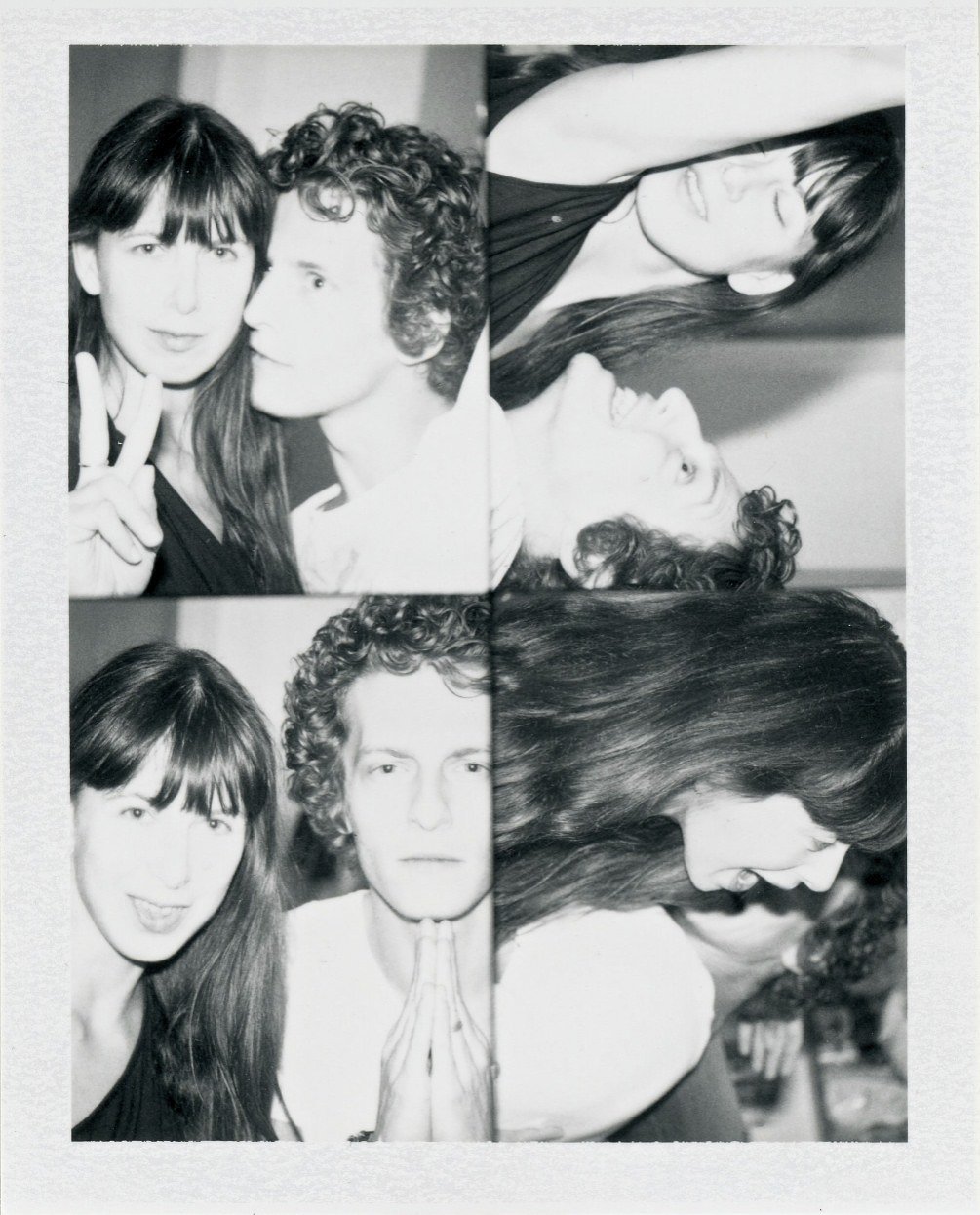
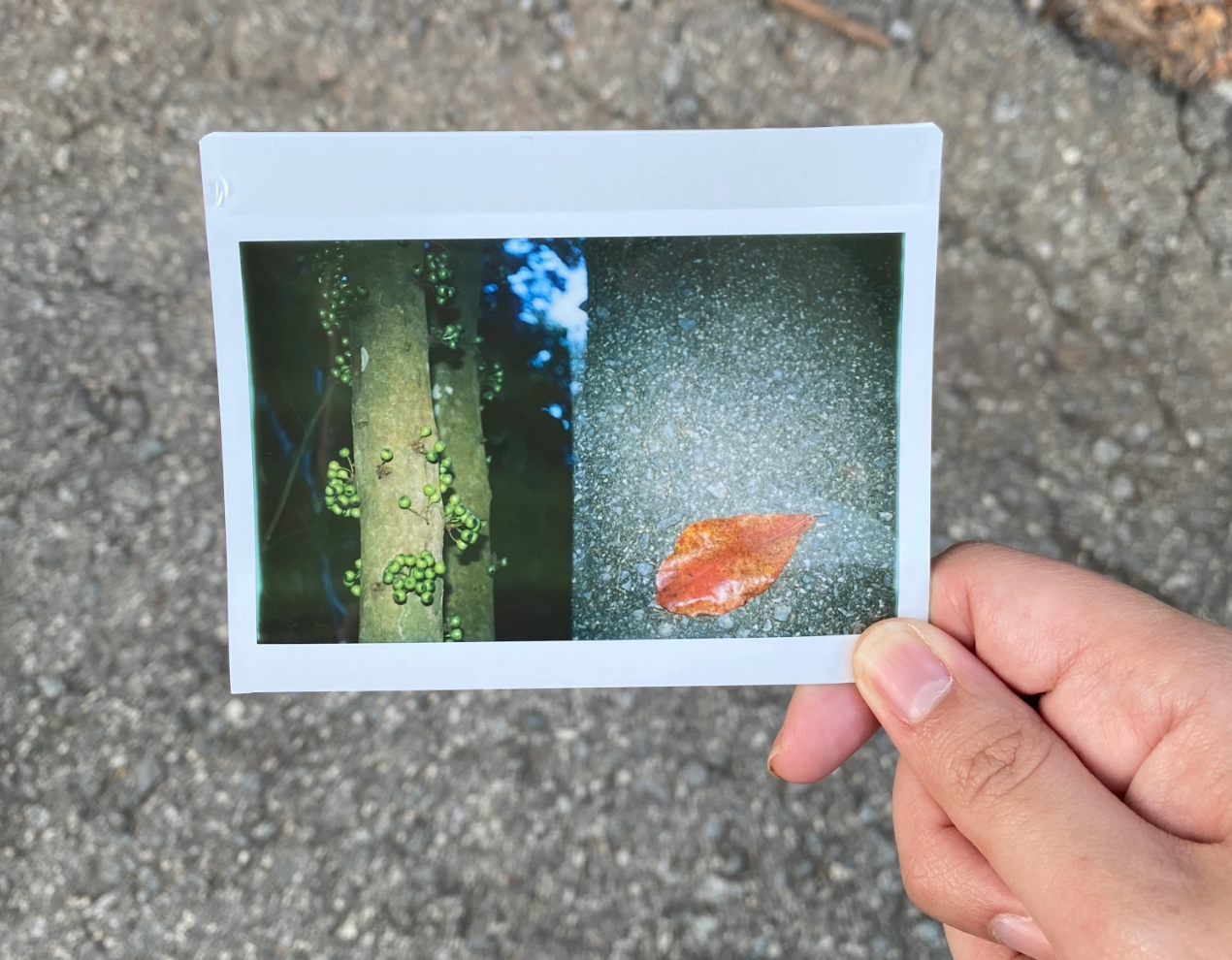
Read a review of the 203 model here.
See more sample photos here.
The Fujifilm GF670
The Fujifilm GF670, also known as the Voigtlander Bessa III, is a medium format folding rangefinder film camera that shoots 6x6 and 6x7cm images. It was first introduced in 2008 and has become a popular choice among photographers who appreciated its compact size and high image quality.
The GF670 features a dual-format folding bellows design that allows for both 6x6 and 6x7cm film formats. It has a built-in rangefinder that allows for accurate focusing, and a bright frame viewfinder for composing your shots. The film camera also features manual controls for aperture and shutter speed, allowing for full creative control over exposure.
The lens on the GF670 is a Fujinon EBC 80mm f/3.5 lens (equivalent to around a 40mm lens on a 35mm film camera) that provides excellent sharpness and clarity. The lens can be collapsed when not in use, making the film camera very portable and easy to carry.
The GF670 also has a number of other useful features, such as a built-in light meter, exposure compensation, and multiple exposure capability. It's a versatile film camera that can be used for a variety of photography styles, including landscape, portrait, and street photography.
Some of the pros of this medium format film camera are that is extremely quiet, and sharp. You can choose between 6x6 and 6x7, and the flash syncs at 1/500 all while remaining an extremely compact camera. The cons are its price point, its fragile bellows makeup, and the fixed lens build.

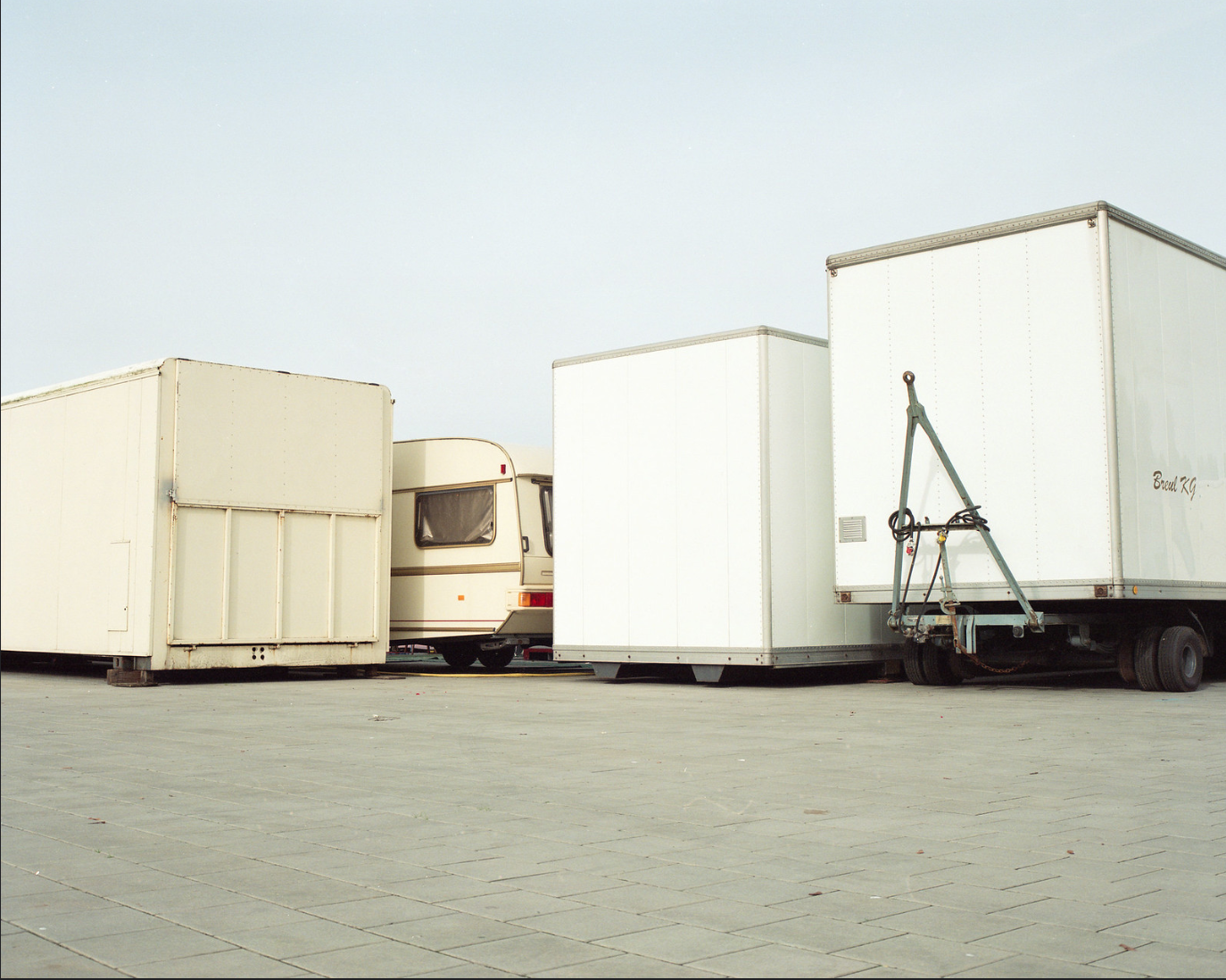
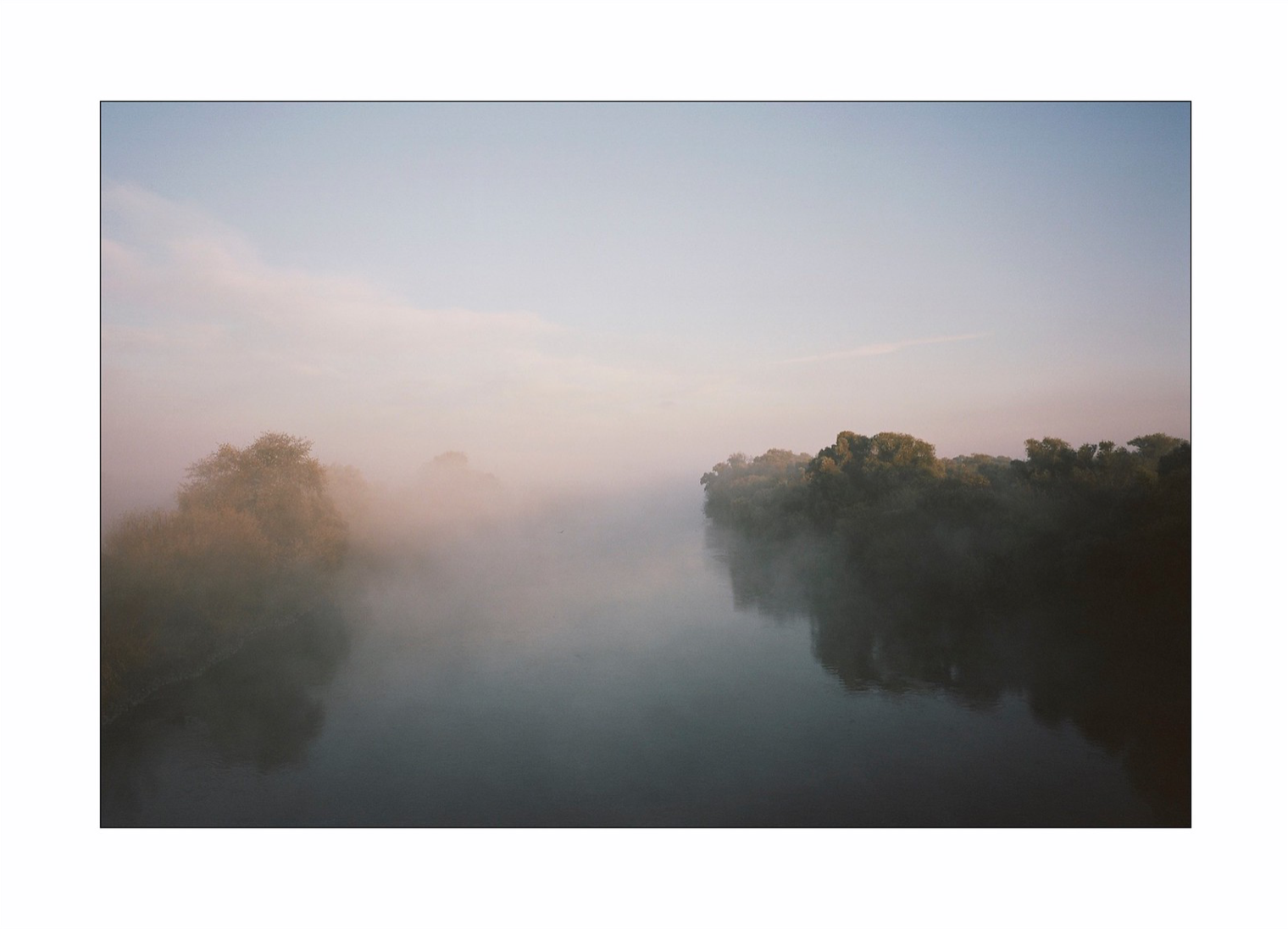
Watch Matt Osborne’s full review of this camera here.
The Rollei 35
The Rollei 35 is a classic 35mm film camera that was introduced in 1966 by the German camera manufacturer, Rollei. It was designed to be a compact and portable film camera that could easily fit in a pocket or a small bag.
One of the key features of the Rollei 35 is its small size and lightweight. It measures just 97 x 60 x 31 mm and weighs only 350g, making it one of the most portable 35mm cameras available. Despite its small size, the Rollei 35 is made of high-quality materials and features a robust metal construction that makes it durable and long-lasting.
The camera has a fully manual exposure system that requires you to set both the aperture and shutter speed based on the available light. The shutter speed range is from 1/2 to 1/500 sec. The lens on the Rollei 35 is a Carl Zeiss Tessar 40mm f/2.8 lens that is highly regarded for its sharpness and color rendition. The lens has four elements in three groups and a minimum focusing distance of 0.9 meters. This 35mm film camera also has a built-in meter, a hot shoe, a PC sync socket, and a bright frame viewfinder with a magnification of 0.6x. The viewfinder includes frame lines for 35mm and 50mm lenses. All these specs are pretty outstanding when you consider just how tiny this film camera really is.
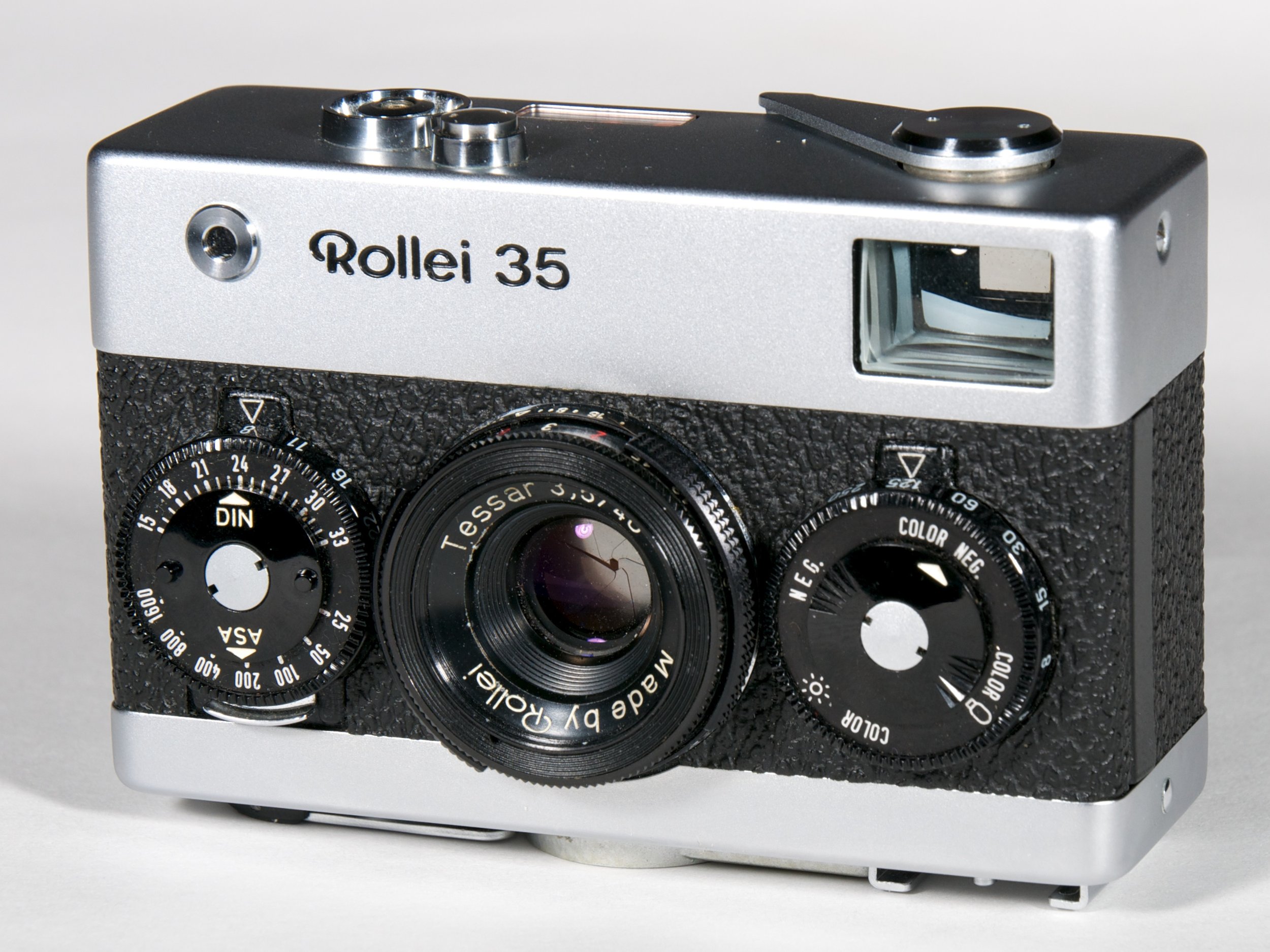
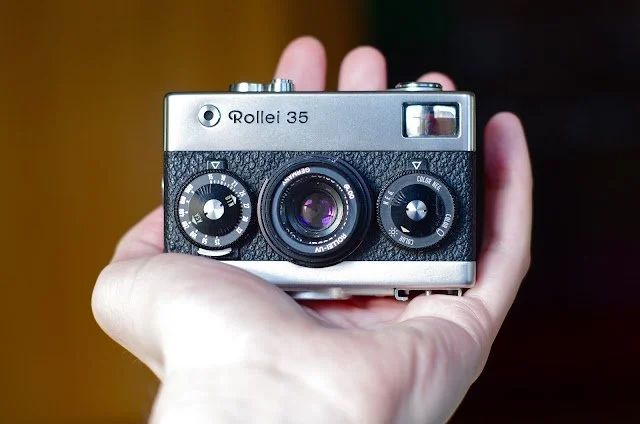

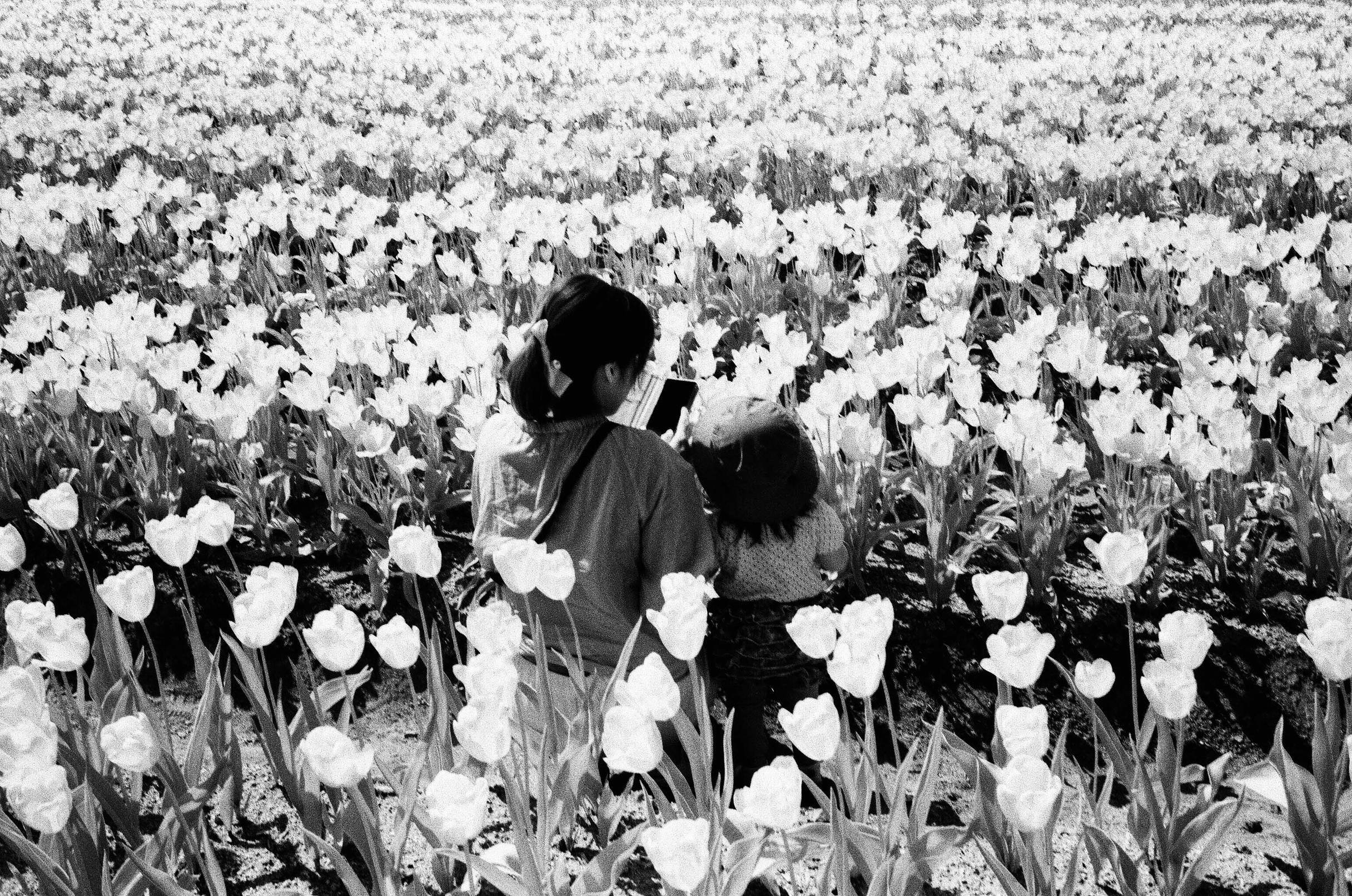
Check out Analog Insight’s review of the camera here.
Look at more sample photos here.
Yashica Samurai x3.0
The Yashica Samurai X3.0 is a unique half frame film camera that was first introduced in 1988 by Yashica, a Japanese camera manufacturer. One of the most unique features of the Yashica Samurai X3.0 is its shape and form factor. The film camera has a horizontal body design with a built-in grip on the right side, which makes it easy and comfortable to hold and shoot with one hand. The lens is mounted on a swivel, which allows it to rotate 270 degrees, giving you the flexibility to shoot at various angles, including vertical and horizontal orientations. If this film camera isn’t being overly aestheticized on TikTok already, it’s about to be because this ergonomically awkward body looks just like a 90s camcorder.
The half frame camera features a high-quality 30mm f/2.8 lens capable of focusing as close as 0.9 meters and a programmed auto-exposure system.
Other notable features of the Yashica Samurai X3.0 include a built-in flash with multiple modes, including fill flash, red-eye reduction, slow-sync flash, a self-timer, and a light meter. The camera also has a hot shoe for attaching an external flash, and a tripod socket for stability during longer exposures.
Yashica Samurai X3.0 © BlueBreezeWiki via Wikimedia Commons, Image used under Creative Commons license
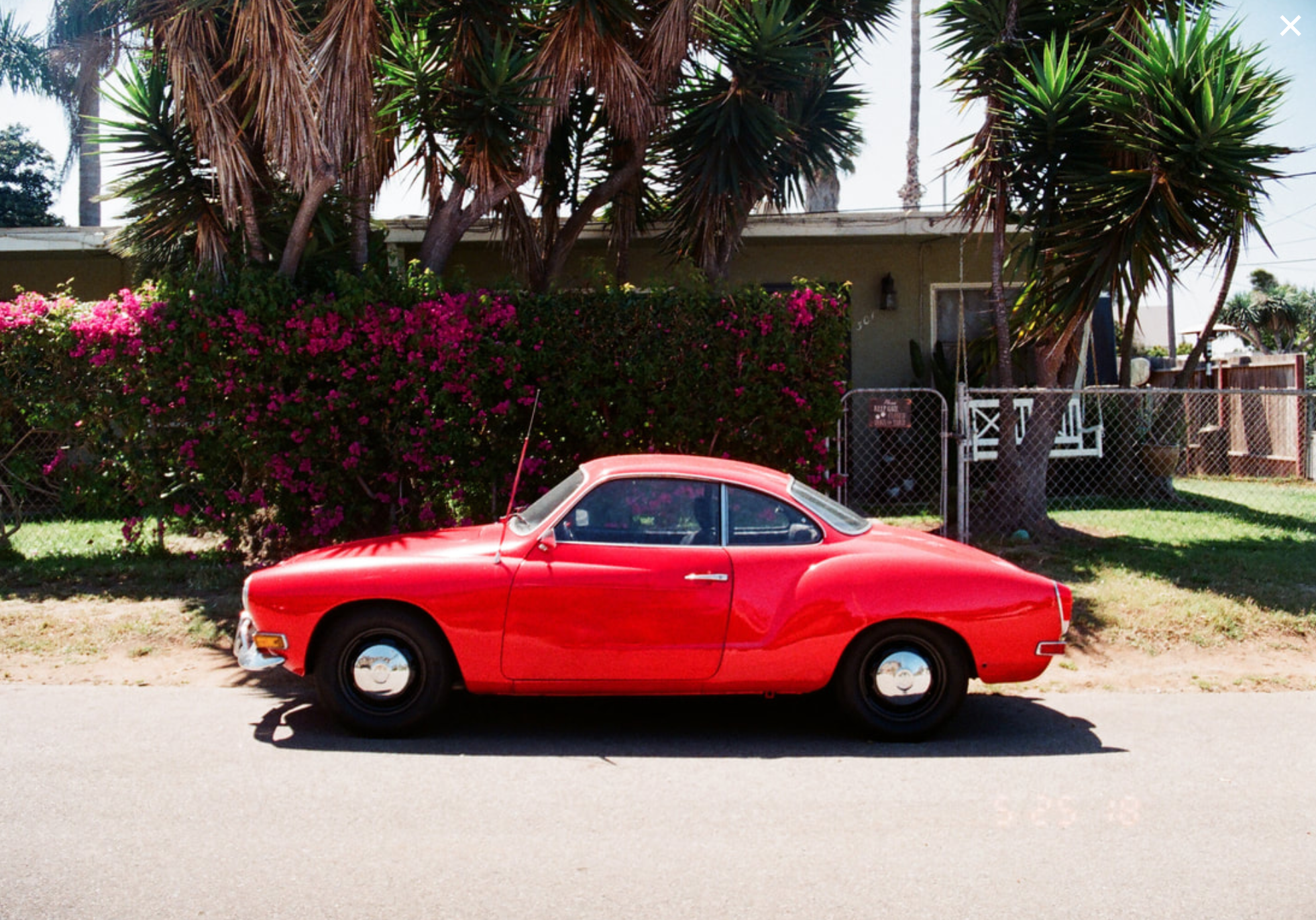
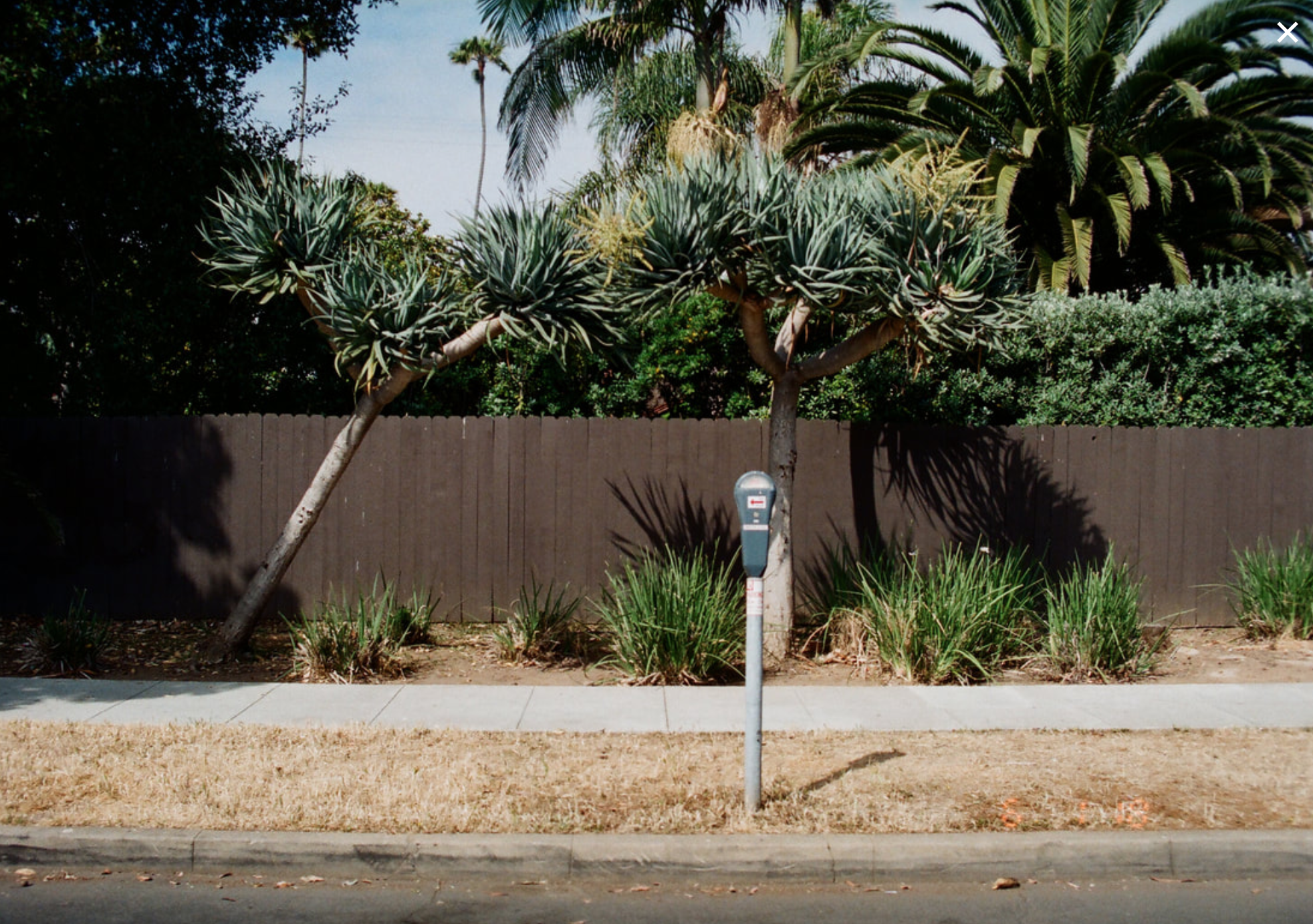
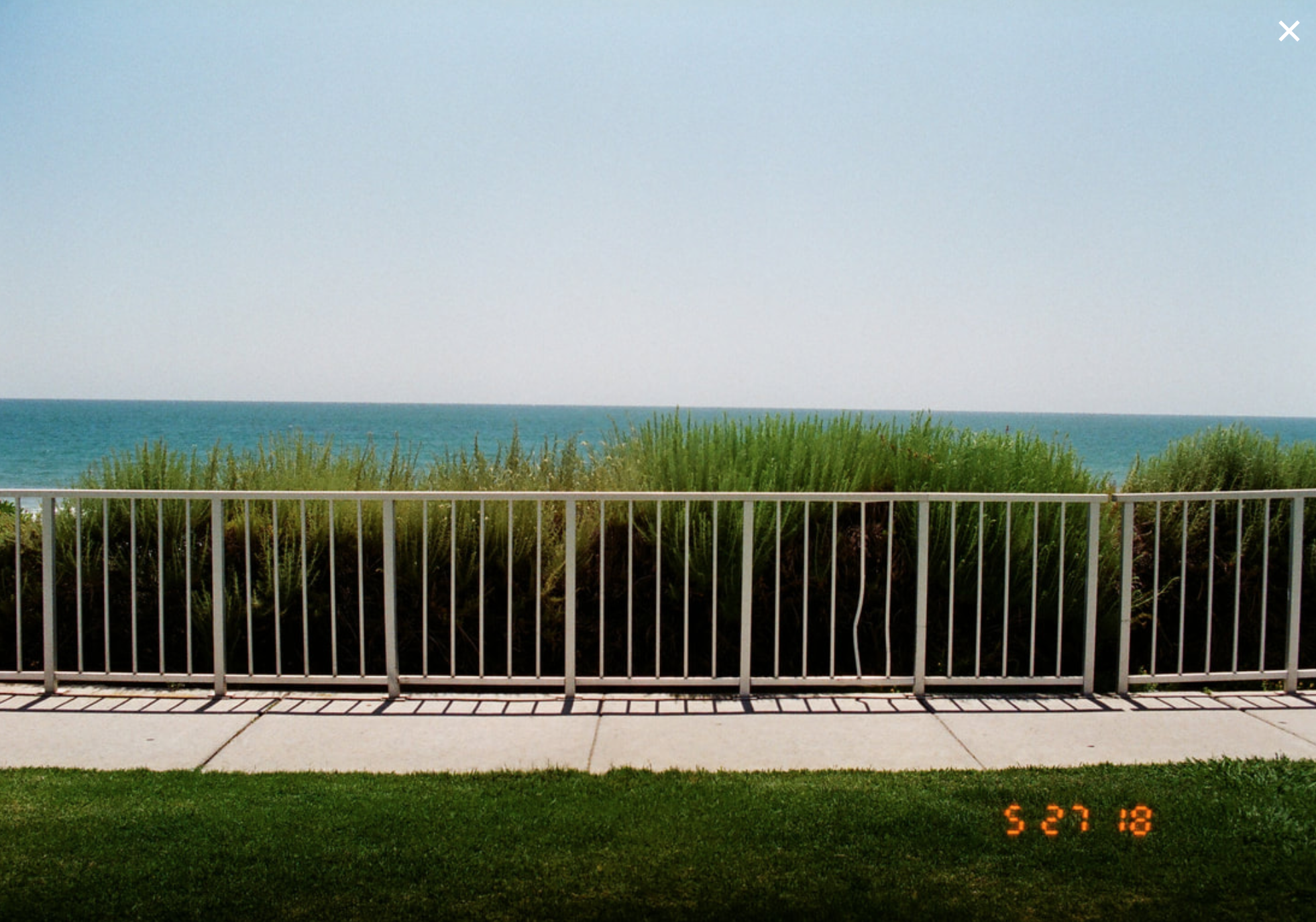
Watch Negative Feedback’s review of this camera here.
The Olympus O-Product
The Olympus O-product is a line of compact 35mm film cameras that were first introduced in the 1980s. The film cameras are known for their unique, eye-catching design, with a distinctive circular shape and a sliding lens cover that also functions as an on/off switch.
There were several different models in the Olympus O-product line, including the O-Product, O-Product Zoom, O-Product Superzoom, and O-Product Wide. Each model had different features and specifications, but they all shared the same circular design and sliding lens cover.
The cameras were known for their high-quality optics, with lenses ranging from 28mm to 60mm, depending on the model. They also featured a variety of automatic exposure modes, including aperture-priority, program, and full auto, as well as manual focus and exposure control options.
One of the most unique features of the Olympus O-product film cameras is their built-in flash system. The cameras feature a pop-up flash that is located on the top of the camera, just above the lens. When the flash is not in use, it retracts back into the camera body, maintaining the camera's circular form factor.
The pros of this 35mm film camera include an incredibly unique design, an autofocus system, auto exposure modes, and a built-in flash. The cons are its fixed lens makeup, lack of manual controls, and simply the fact that it is no longer in production, making it difficult to source.
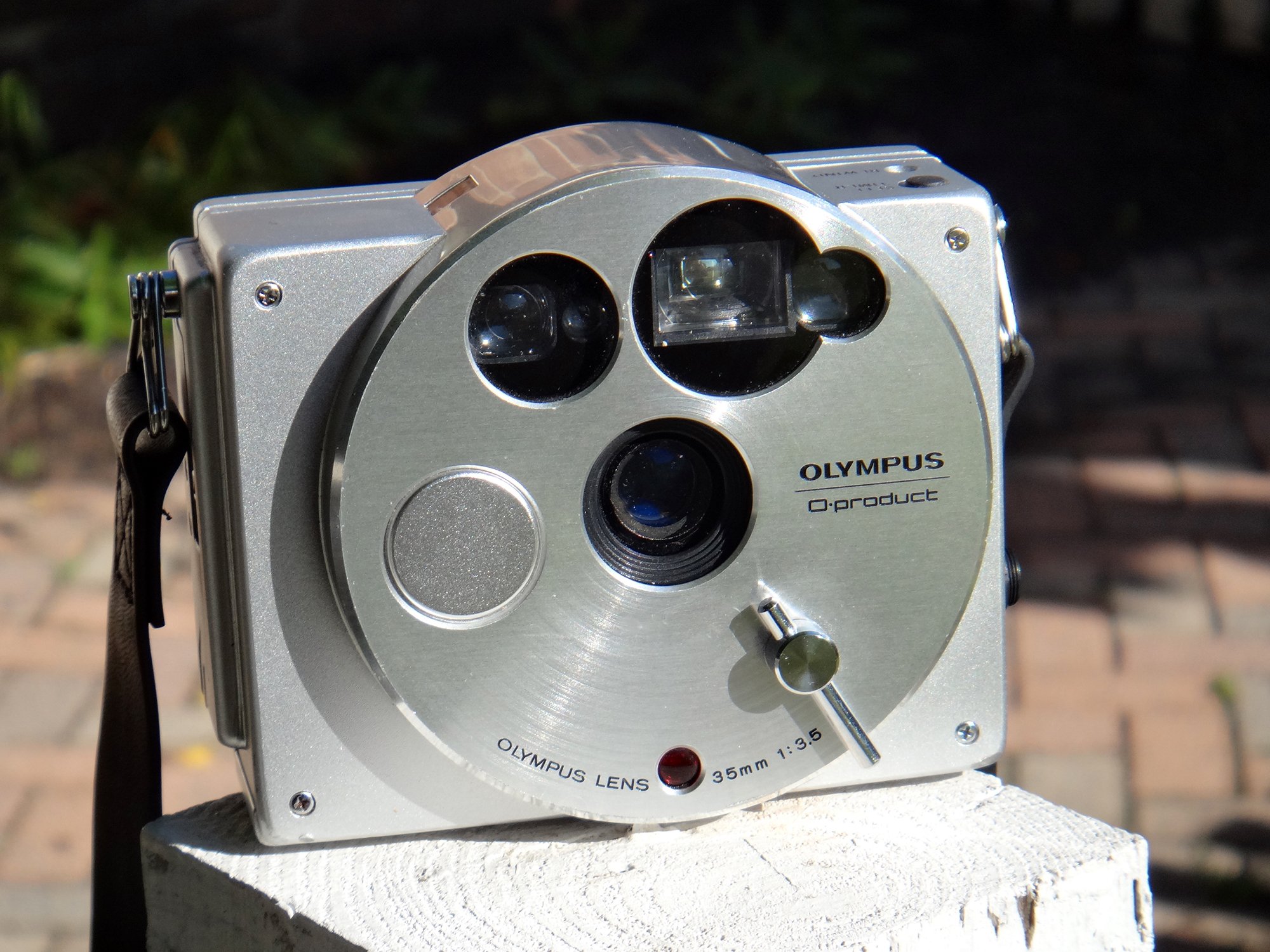
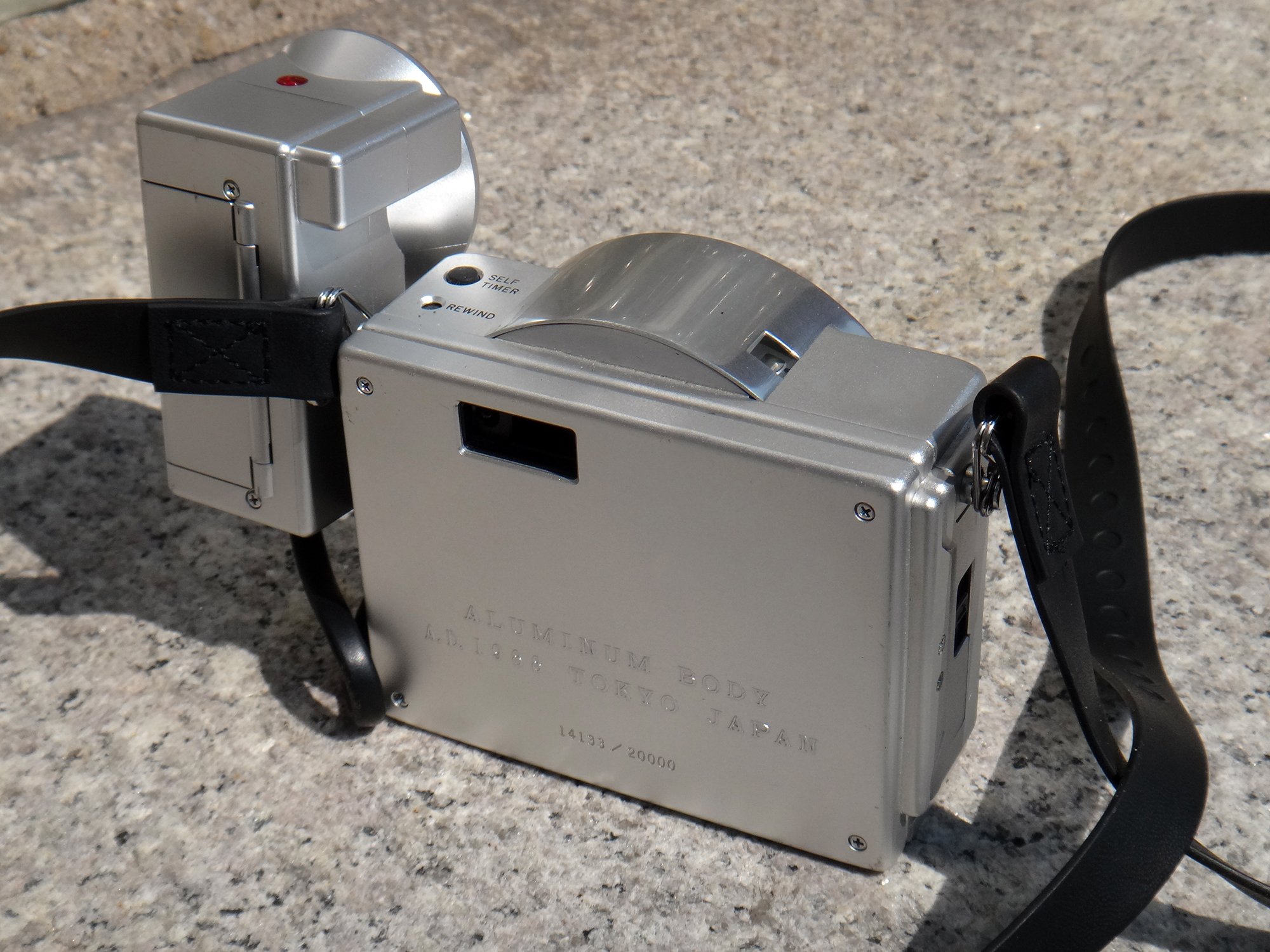

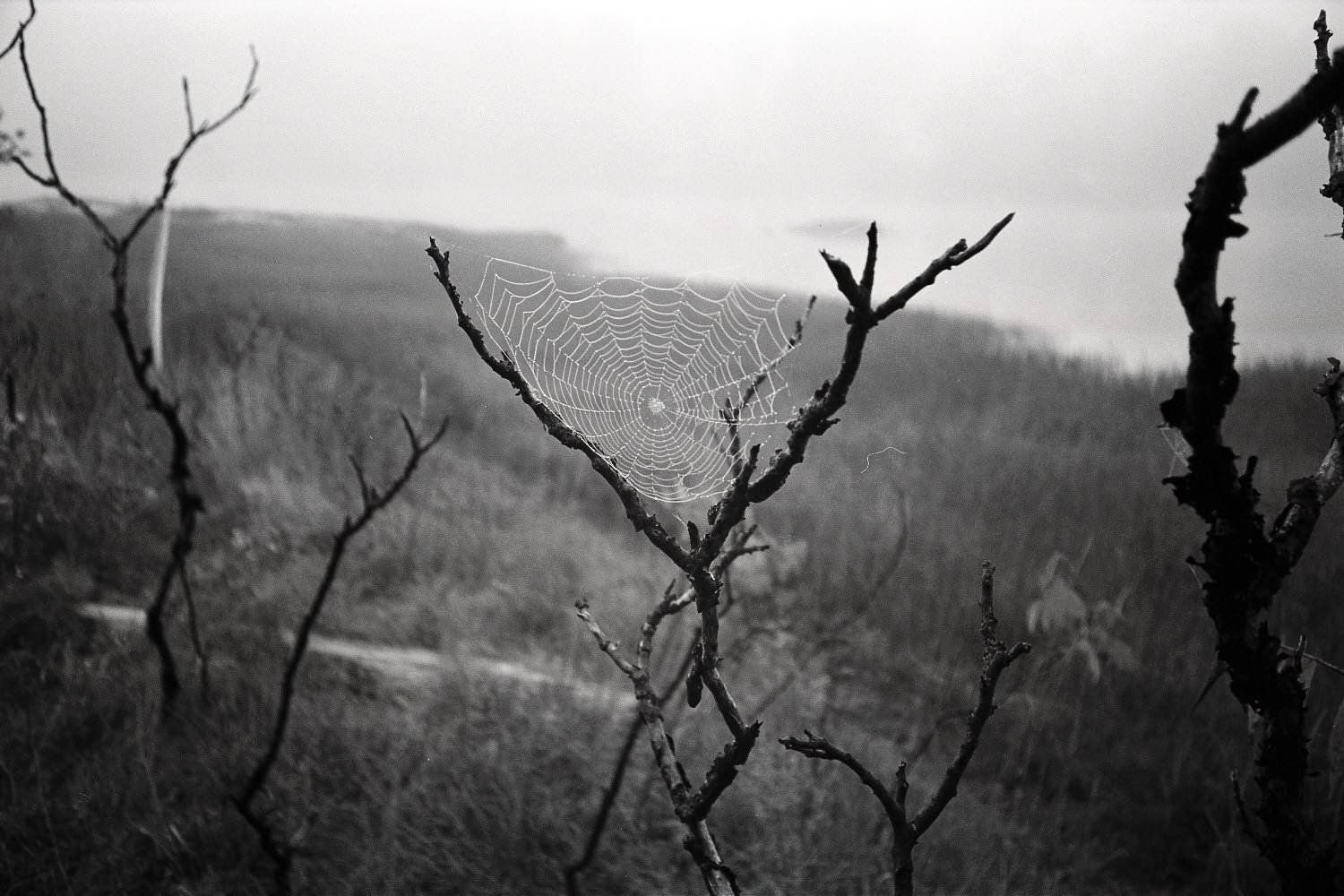
See more sample photos here.
Jaeger-LeCoultre Compass Camera
The Jaeger-LeCoultre Compass Camera is a rare and highly sought-after vintage camera that was first introduced in 1937. It was designed by the famous Swiss watchmaker Jaeger-LeCoultre in collaboration with the French camera manufacturer Gorgy.
The Compass Camera was unique in its design as it featured a circular, disc-shaped body that was inspired by a compass. It was made of polished metal and had a black leather covering, which gave it an elegant and sophisticated look.
The camera was also notable for its advanced features, such as a built-in exposure meter, which was a revolutionary technology for its time. The exposure meter was located on the top of the camera and consisted of a rotating disc with a needle that indicated the correct exposure settings.
This camera uses single exposure plate film, meaning you load and shoot one frame at a time. You load the single frame into the attached backplate, close the camera, then lift up the backplate covering to ready the camera for a photo. This becomes highly cumbersome and for this reason, this camera is best suited for collectors rather than practical shooters.
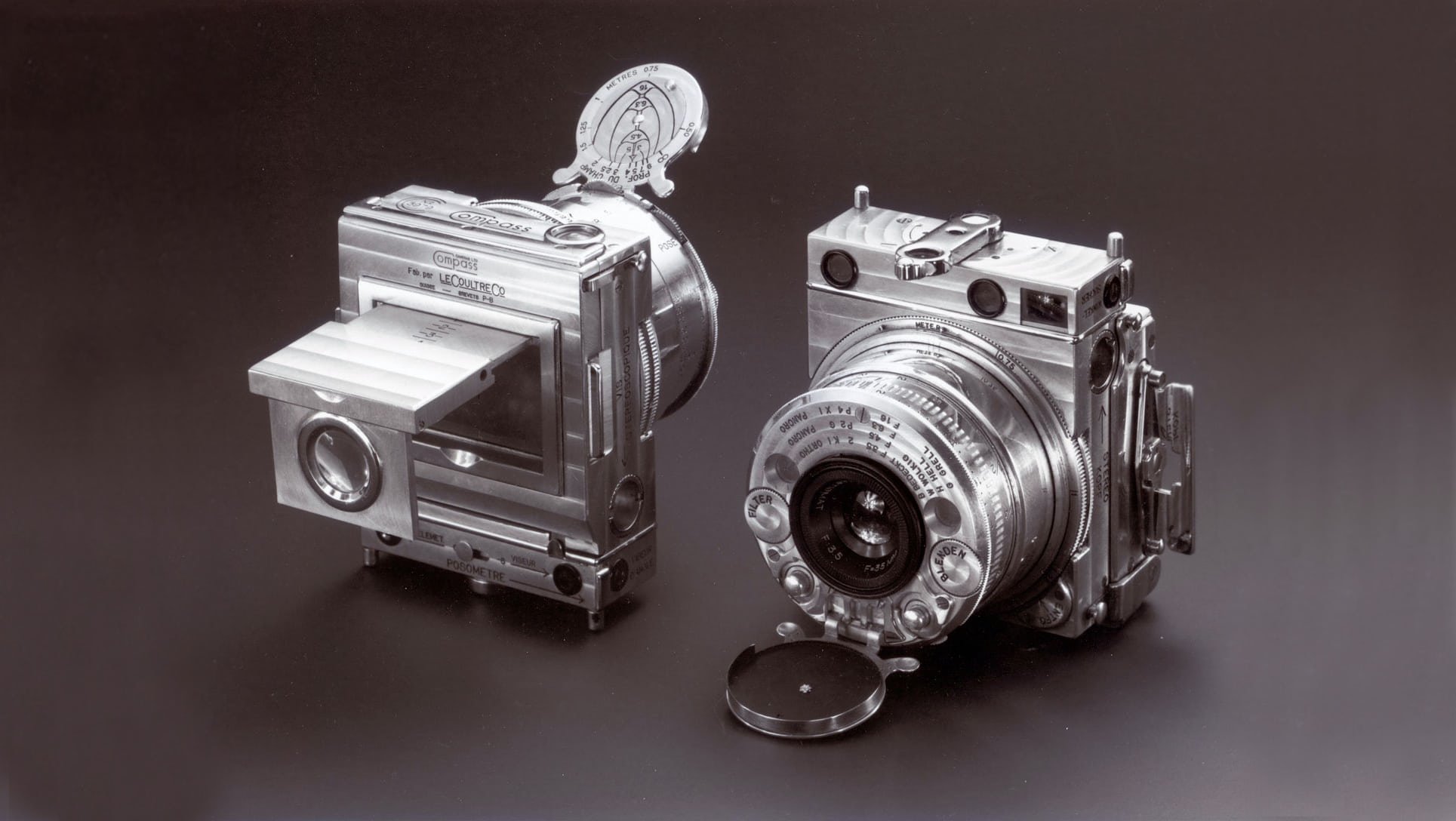
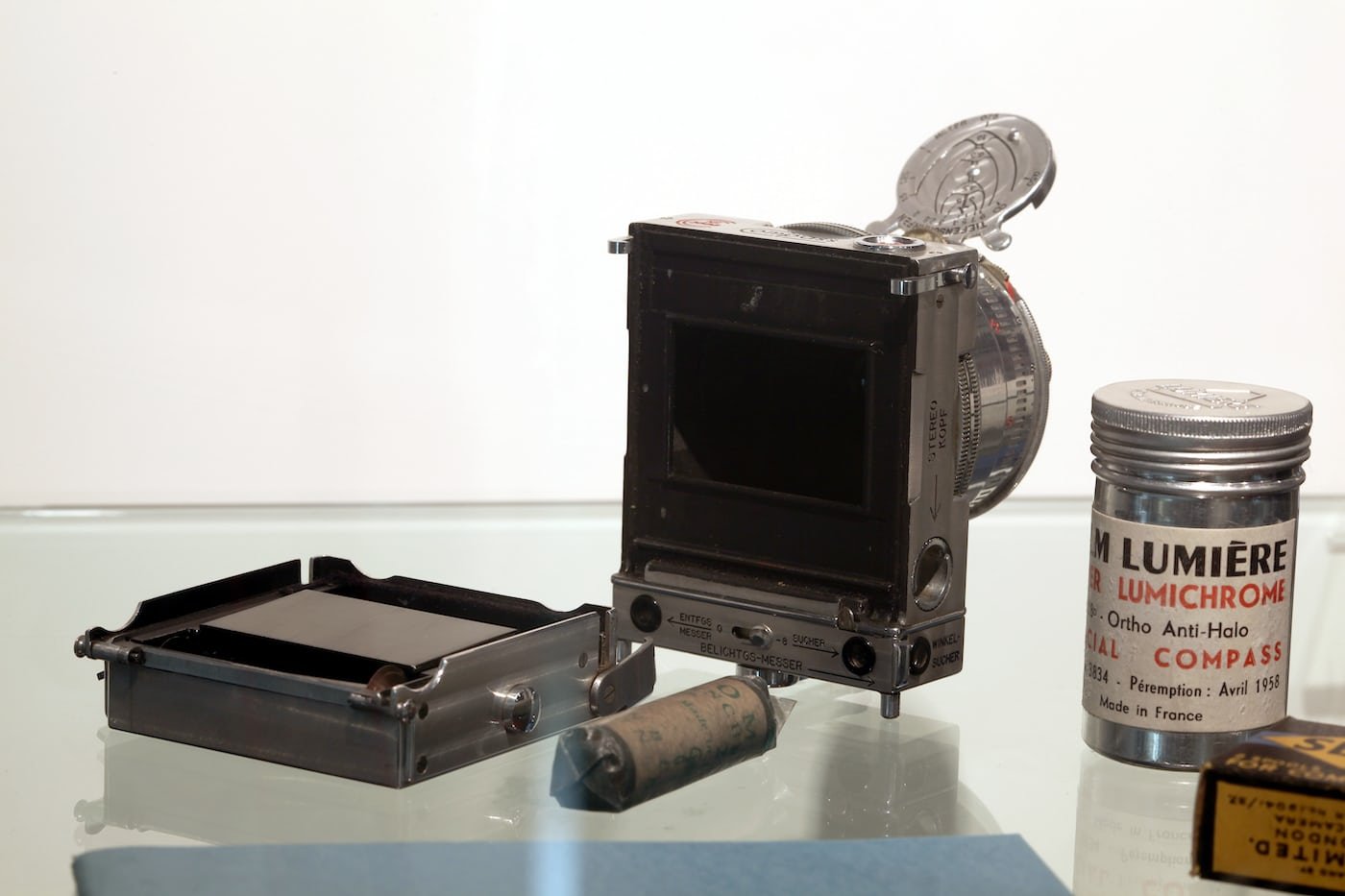
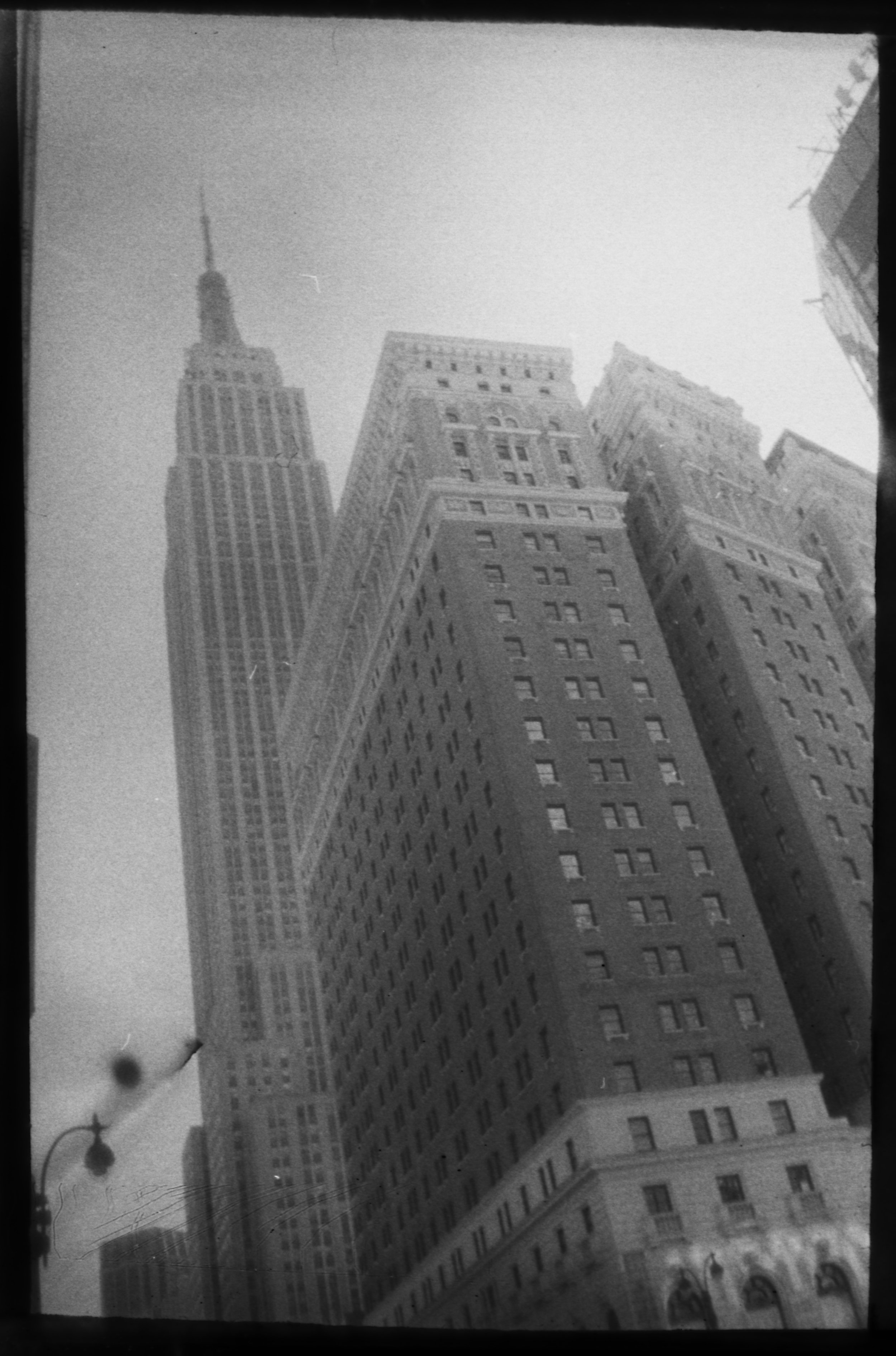
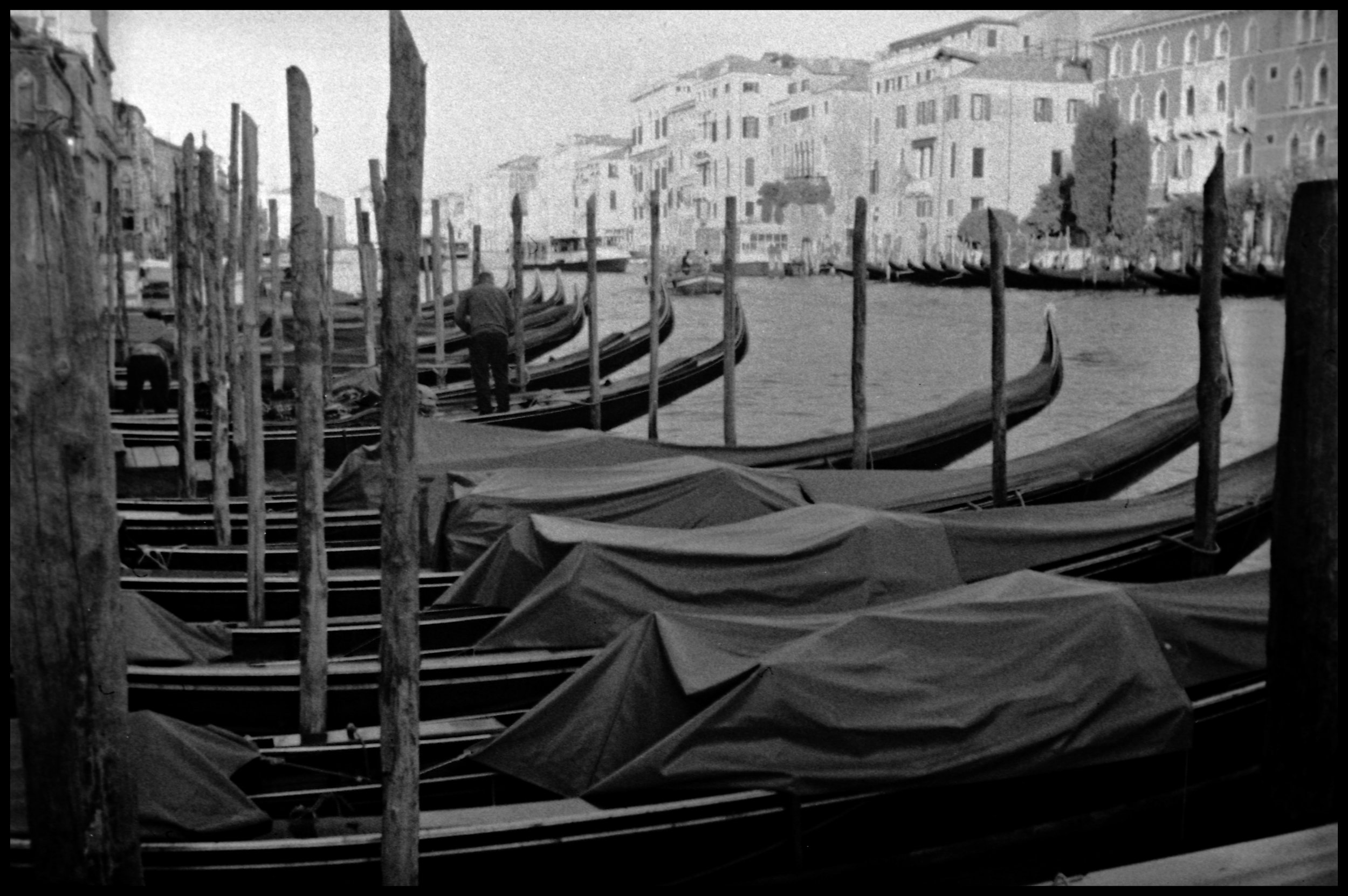
Watch Sarah Smoots overview of the camera here.

